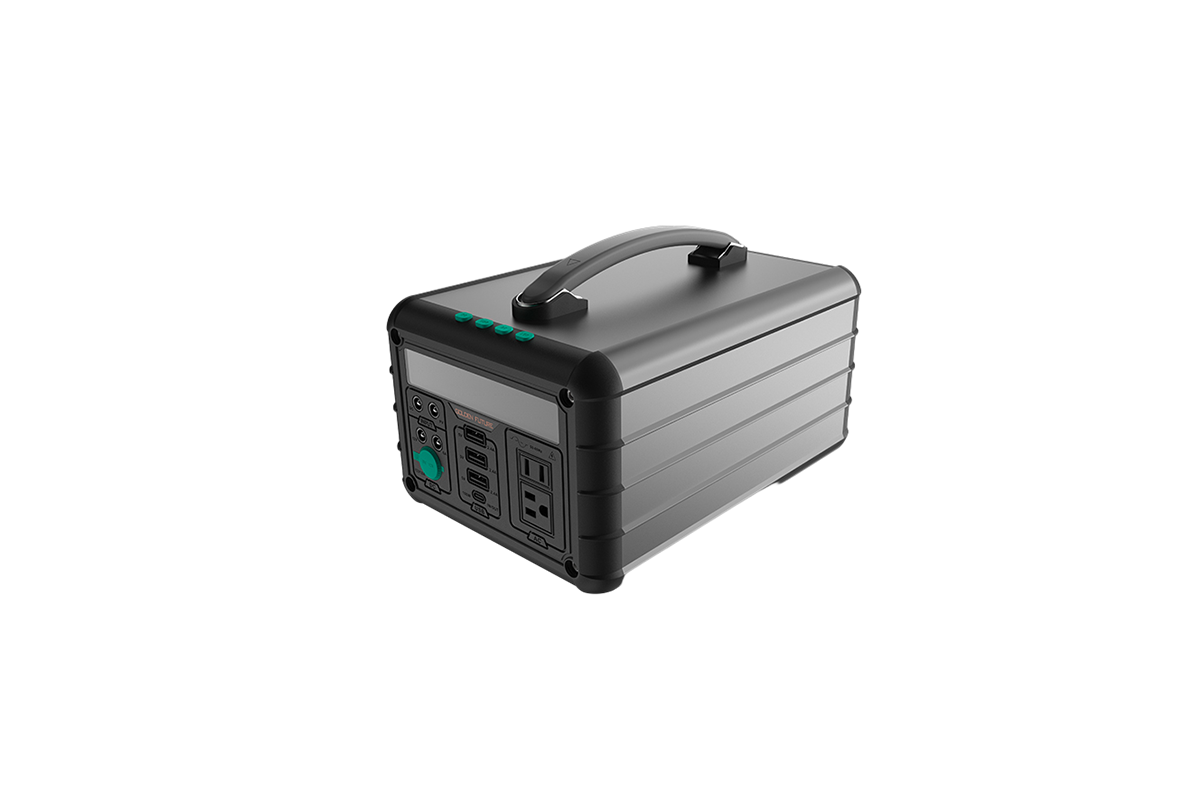

Time:2024-09-24 Views:1

The increase in the number of electrode layers has a significant impact on the cycle life of lithium-ion batteries. On the one hand, increasing the number of electrode layers can enhance the capacity of the battery, as more layers mean more active substances participate in electrochemical reactions. On the other hand, an increase in the number of layers may also lead to heat accumulation inside the battery and obstruction of external heat dissipation, posing a threat to the safety and cycle life of the battery.
Research has shown that as the number of electrode layers increases, the thermal accumulation effect inside the battery increases, leading to an increase in battery temperature, and there is a certain temperature gradient in the direction perpendicular to the electrode layers. When the rate is high and the number of electrode layers is large, the temperature of the electrode ear is higher than that of the battery cell, and the high temperature gradually concentrates in the electrode ear area, which may lead to local high temperature or capacity degradation, affecting the cycle life of the battery.
In addition, an increase in the number of electrode layers may lead to a decrease in the internal resistance of the battery, thereby improving its dynamic performance. However, this may also be accompanied by an increase in the temperature difference of the battery, especially under fast charging and discharging strategies. The number of electrode layers in the battery should not be too high to avoid uneven distribution of internal thermal electrochemical properties caused by excessive temperature difference.
There are also studies indicating that there is no significant difference in cycling performance between batteries designed with different layers, which may be due to the fact that the designs are all within the material's acceptable range. However, the more layers there are, the greater the quality of the battery and the lower the specific energy, mainly due to changes in the quality of the positive and negative electrode foils, separators, and electrolyte.
Moreover, high-level design significantly improves the safety performance of batteries. For example, in high-temperature external short circuits, overcharging, and thermal abuse tests, the maximum temperature of high-level batteries is lower than that of low-level batteries.
Read recommendations:
portable power station 1000w distributors